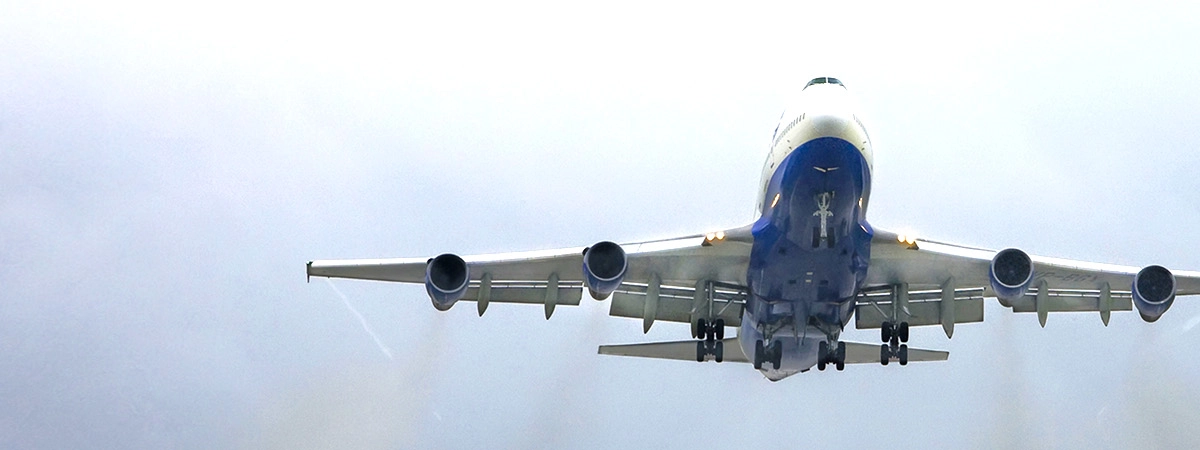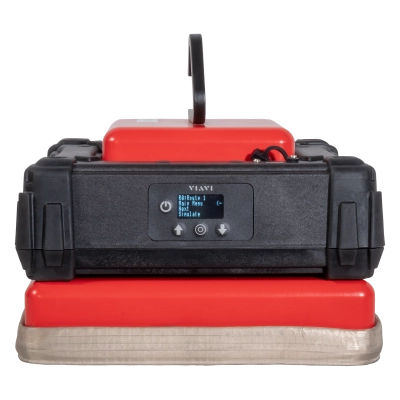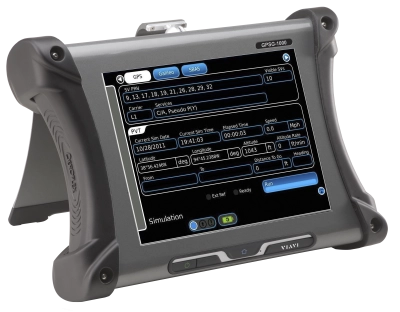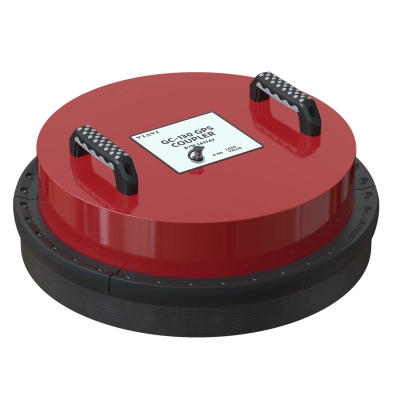Симуляция GPS
Проверка характеристик GPS-приемника с помощью передовых технологий тестирования VIAVI.
Продукты
-

OSPREY GPS Simulator
An economical simulator with high-end test capability, ideal for validating the performance of GPS-enabled devices...
-

Портативный имитатор позиций спутников GPSG-1000
Развитые функции тестирования оптимально подходят для проверки работоспособности устройств с поддержкой GPS
-

GC-130 GPS Antenna Coupler Kit
Solves the problem of poor GPS coverage in hangar environments or when a simulated static or dynamic GPS signal is...
Поддержка на каждом этапе работы
Мы оказываем техническую поддержку, предоставляем услуги, программы обучения и все необходимые материалы. Наша деятельность направлена на максимальное повышение отдачи от ваших капиталовложений в систему VIAVI.
Спросите у специалиста
Обращайтесь к нам для получения дополнительной информации и ценовых предложений. У нас есть специалисты, готовые дать правильный ответ на любой ваш вопрос.



